Meru National Park | Bird Watchers Paradise
Discover the untamed beauty and remarkable wildlife of one of Kenya’s most iconic national parks, Meru National Park. Nestled in the heart of the country, Meru National Park beckons adventurers, nature enthusiasts, and conservationists alike with its diverse ecosystems and fascinating inhabitants. However, Meru Park is a safari destination in Kenya, home to various wildlife. From majestic elephants roaming freely to elusive big cats like leopards, lions, and cheetahs prowling in the shadows. Meru National Park is a haven for wildlife enthusiasts seeking unforgettable encounters. Meru National Park is also known to be a bird-watcher paradise with over 400 bird species. Renowned as the former territory of Elsa, the lioness immortalized in the book and film “Born Free,” exudes an expansive and untamed atmosphere, inviting visitors to explore its varied ecosystems and encounter its iconic inhabitants.
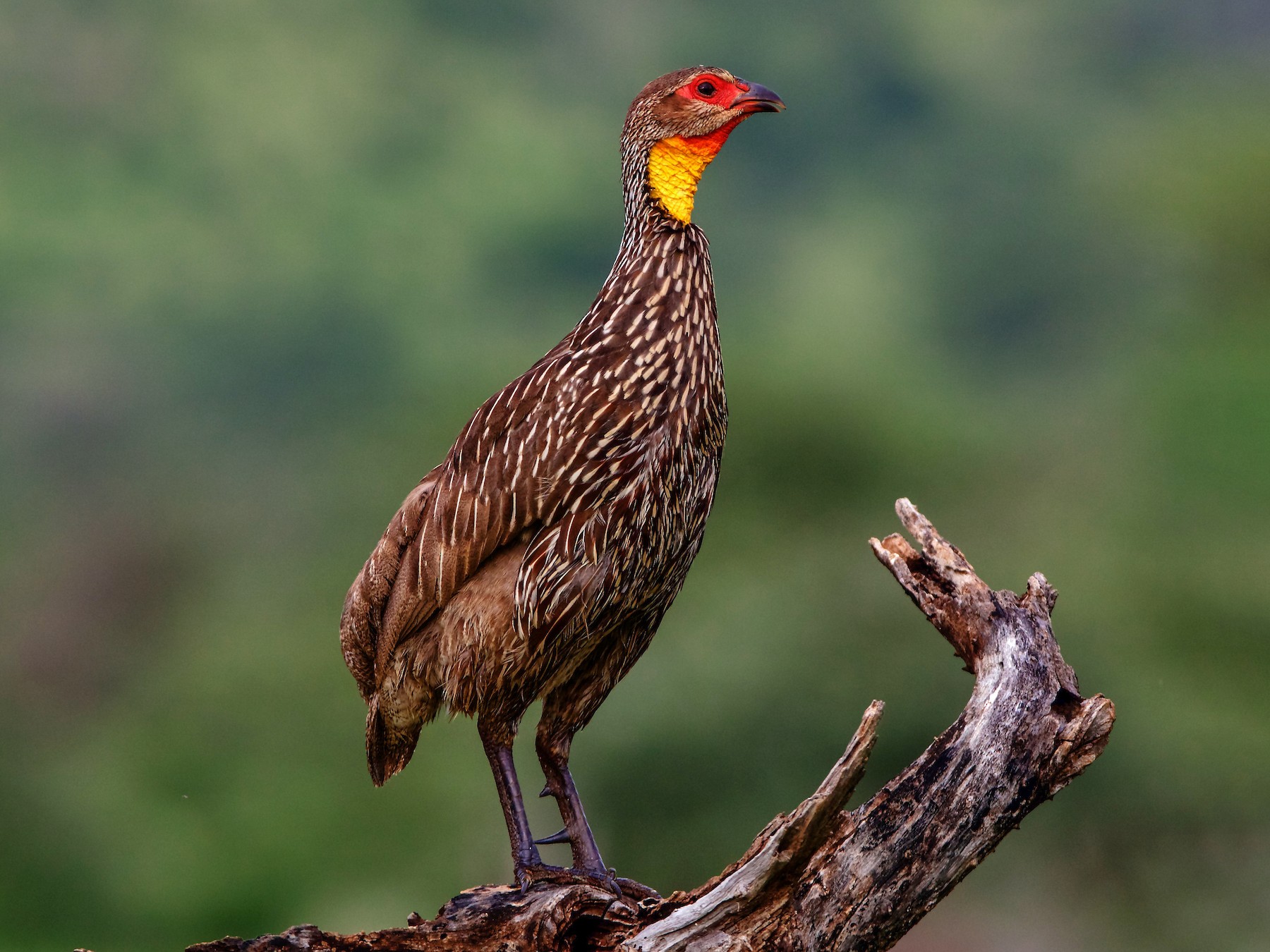
Meru National Park location and access
Meru National Park is located about 350 kilometers east of Nairobi, Kenya. The park access has two routes;
- By road: The park is accessible from Nairobi via the Nyeri-Nanyuki-Meru highway. The journey takes about 5 hours.
- By air: There are two airstrips in the park, one at Kina and the other at Elsa’s Kopje. Flights from Nairobi to Kina take about 1 hour.
Furthermore, Meru Park is accessible through several gates. They include;
- Murera Gate: This is the main gate to the park and is located on the north-western side. It is the most famous gate for visitors.
- Ura Gate: This gate is located on the southeastern side of the park and is less popular than Murera Gate. However, it is a good option if you come from the Embu area.
- Bisanadi Gate: This gate is located in the northeastern part of the park and is mainly accessible by researchers and other authorized personnel.
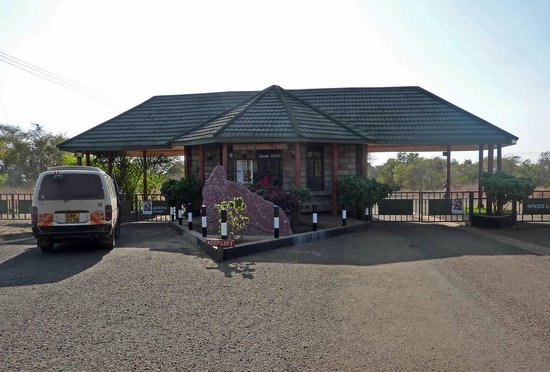
Meru National Park wildlife
Meru National Park comprises various wildlife. The big five of wildlife include lion pride, leopards, large herds of elephants, rhinoceros, and buffaloes. The park also has the unique/special five: reticulated giraffes, grevy zebras, Beisa oryx, Somali Ostrich, and gerenuk. In addition to these animals, Meru National Park is also home to various other wildlife. Meru is home to over 400 species of birds, making it a birdwatcher’s paradise. Some of the most common birds in the park include eagles, hawks, owls, vultures, flamingos, pelicans, and storks.
In addition to the wildlife, Meru vegetation in the park is a journey through the sprawling savannahs, lush forests, and meandering rivers that define this enchanting landscape.
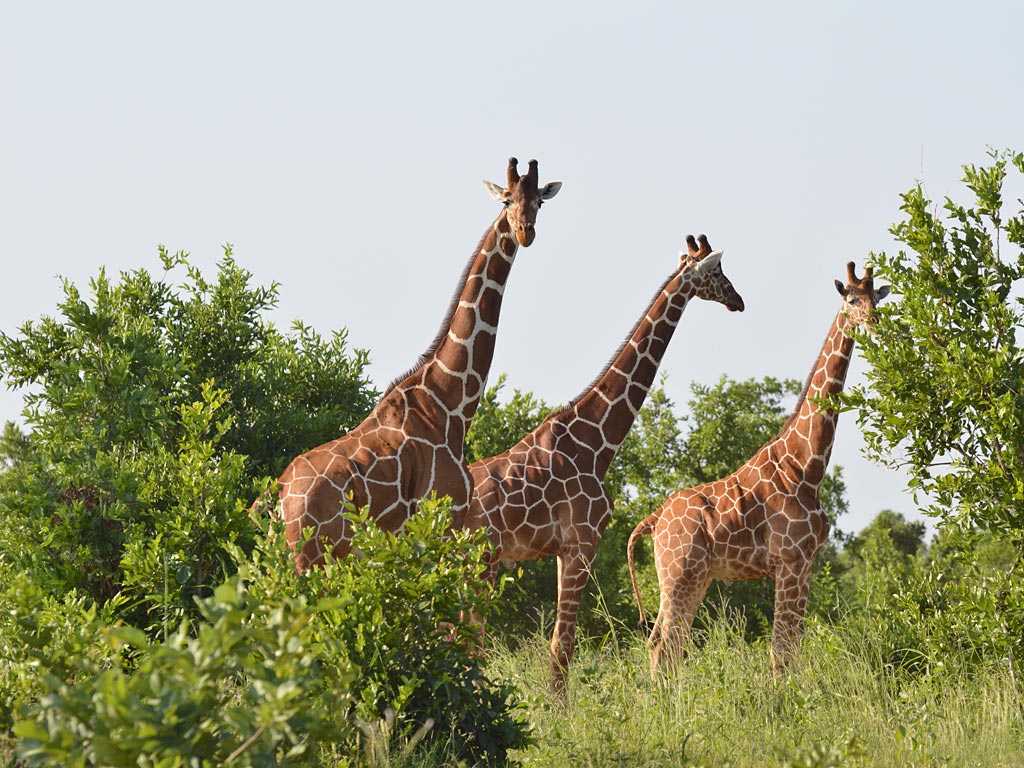
Meru National Park Attractions
- Game drives: Game drives are the most popular activity in Meru National Park. You can go on a game drive in a 4×4 vehicle or on a walking safari. However, game drives are a great way to see the park’s wildlife, including the Big Five.
- Bird watching: Meru Park is a birdwatcher’s paradise. Over 400 species of birds are in the park, including eagles, hawks, owls, vultures, flamingos, pelicans, and storks. You can go on a bird-watching safari, walk around the park, and listen to the birds.
- Nature walks: This is a great way to see smaller animals and plants in the park. You can go on a guided nature walk or explore the park alone.
- Visit Elsa’s Kopje: Elsa’s Kopje is a former home of Joy, George Adamson, and Elsa the Lioness. It is now a museum for Elsa and her story. The museum provides more knowledge about Elsa’s life and the work of the Adamsons. In addition to being a museum, Elsa’s Kopje Meru is one of the best and leading accommodation facilities inside the Meru National Park.
- Go white water rafting: The Tana River flows through Meru National Park. You can go white water rafting on the Tana River.
Meru National Park History
The history of the Park dates back to the 19th century. The first European to visit the area was Sir Charles Eliot, who came in 1892. The park’s beauty and wildlife contributed to its protection. Moreover, In 1906, the British government declared the Meru National Reserve. The park was renamed Meru National Park in 1961 and has been managed by the Kenya Wildlife Service (KWS). KWS has worked to protect the park’s wildlife and its natural resources.
In the 1960s, the Park became famous for its role in the story of Elsa the Lioness. Elsa was a lioness raised by George and Joy Adamson, two British conservationists. The Adamsons wrote a book about Elsa’s life, later made into a film called “Born Free.” In the 1980s, Meru was struck by poaching. The park’s wildlife population declined significantly and was closed to tourists. However, in the 1990s, the KWS began a significant conservation effort, the park was reopened to tourists, and the wildlife population began to recover.
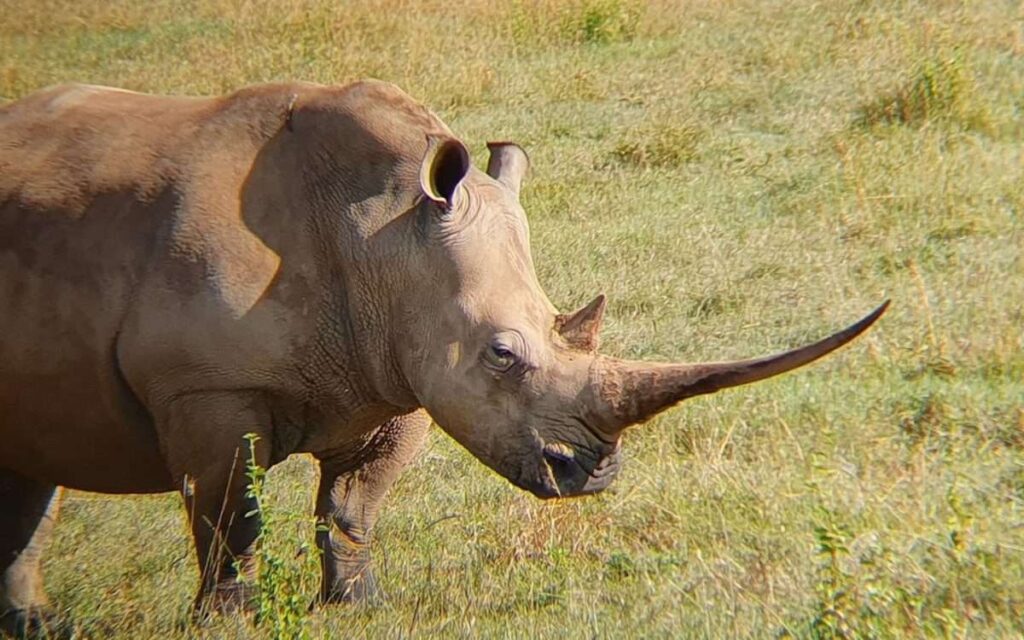
Meru National Park Entry Fee
The entry fee for the park varies depending on your nationality and age.
- Citizens and residents of East Africa:Adults: 300 Ksh
- Children/students: 215 Ksh
- Non-residents:Adults: 52 USD
- Children/students: 35 USD
Meru National Park is a beautiful and essential part of Kenya’s natural heritage. The park’s history is a long, rich, and famous destination for tourists and conservationists.
Other Tourist Destinations or Attractions Close to Meru National Park are Ol Pejeta Conservancy and Samburu National Game Reserve
Other Tourist Destinations or Attractions Close to Meru Park are Ol Pejeta Conservancy and Samburu National Game Reserve
Ol Pejeta Conservancy
Nestled in the foothills of the snow-capped Mount Kenya within Laikipia County in central Kenya, Ol Pejeta Conservancy is a pioneering conservation force. Renowned for its dedicated efforts, the Ol Pejeta Conservancy gained global recognition for safeguarding the planet’s remaining pair of northern white rhinos. Additionally, it is an idyllic location, framed by the majestic presence of Mount Kenya, underscores Ol Pejeta’s commitment to preserving endangered species and fostering biodiversity. The sanctuary’s proactive role in wildlife protection and habitat conservation makes it a symbol of hope and a leading example in the ongoing global endeavor to safeguard endangered species.
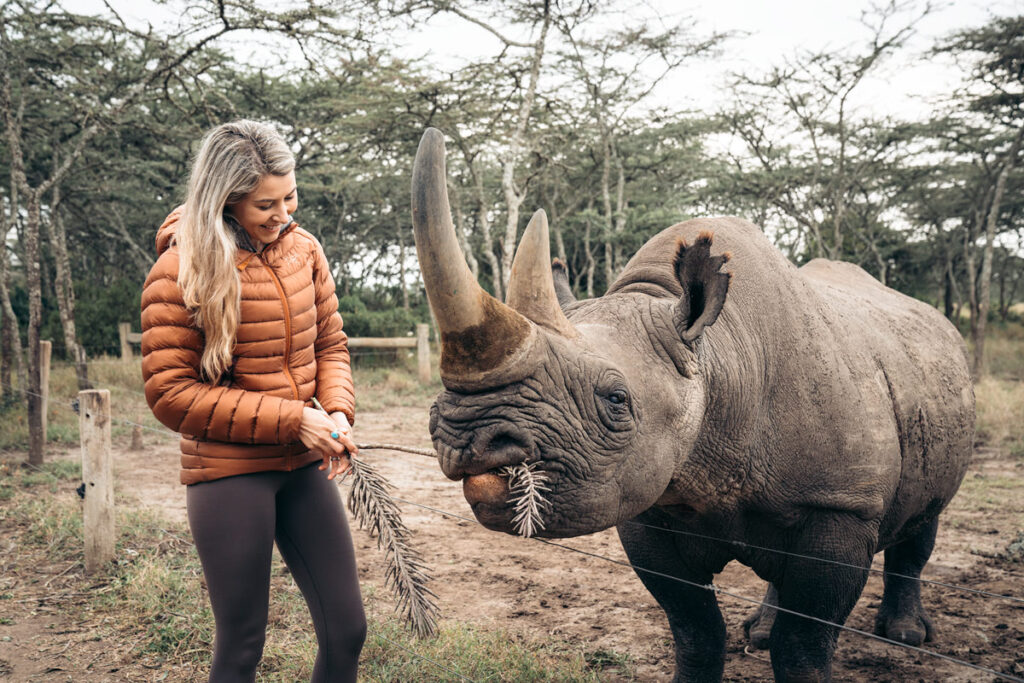
Ol Pejeta Conservancy Attractions: Morani Information Centre, Baraka the Blind Rhino of Ol Pejeta Conservancy, Sweet Waters Chimpanzee Sanctuary, Rhino Memorial, Equator Sign, Safari Dinner, and Ol Pejeta Nature Trail.
Samburu National Game Reserve
Samburu National Game Reserve, situated in northern Kenya, is a captivating wildlife haven renowned for its unique ecosystem. Furthermore, nestled along the banks of the Ewaso Ng’iro / Nyiro River, the reserve showcases striking arid landscapes and acacia-dotted plains. Home to a diverse array of wildlife, including the ‘Samburu Special Five‘—Grevy’s zebra, reticulated giraffe, Beisa oryx, Somali ostrich, and gerenuk—the park offers exceptional opportunities for wildlife enthusiasts. Additionally, Visitors can witness herds of elephants, big cats, and numerous bird species against the backdrop of rugged mountains, creating an unforgettable safari experience in Kenya’s arid yet flourishing corner.
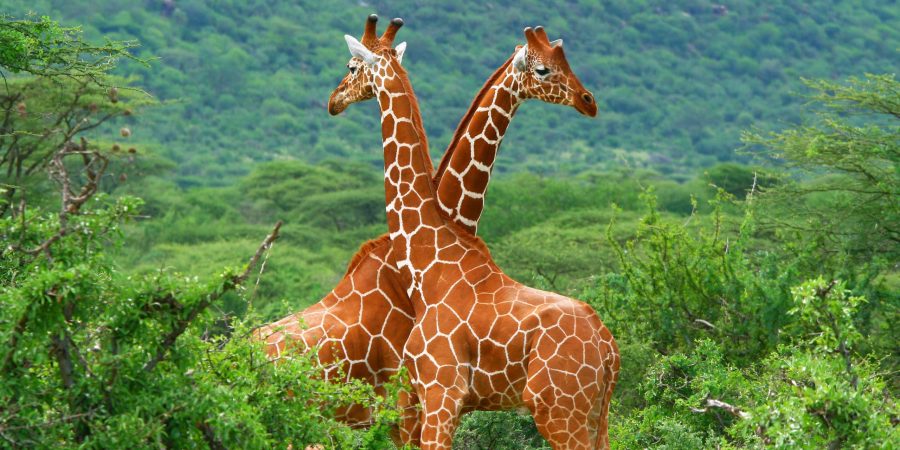
Samburu National Game Park attractions include Samburu Special Five, Wildlife, Birdlife, Samburu People, and Culture.
